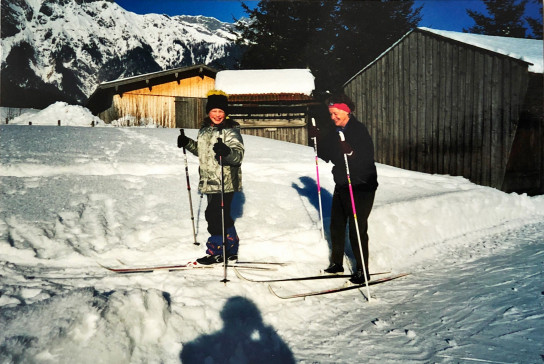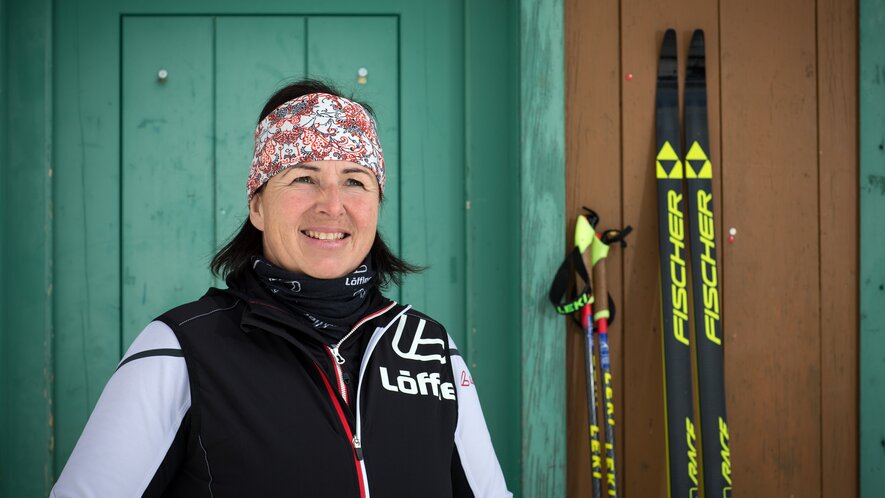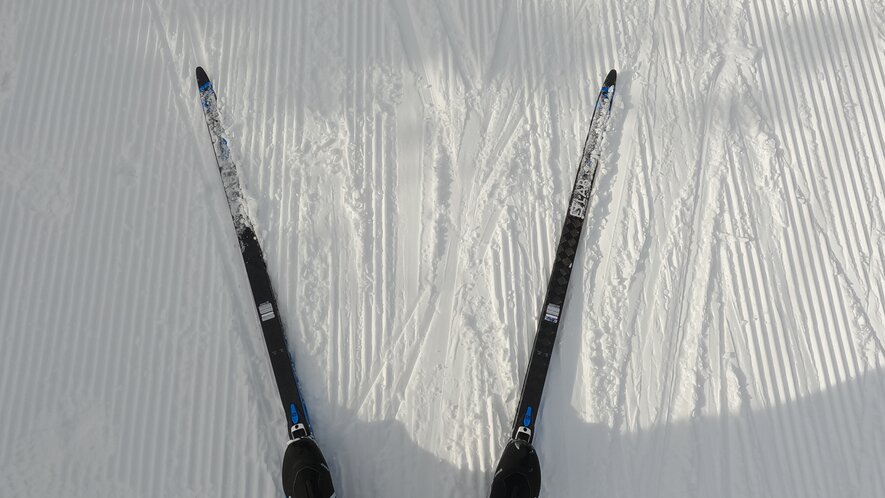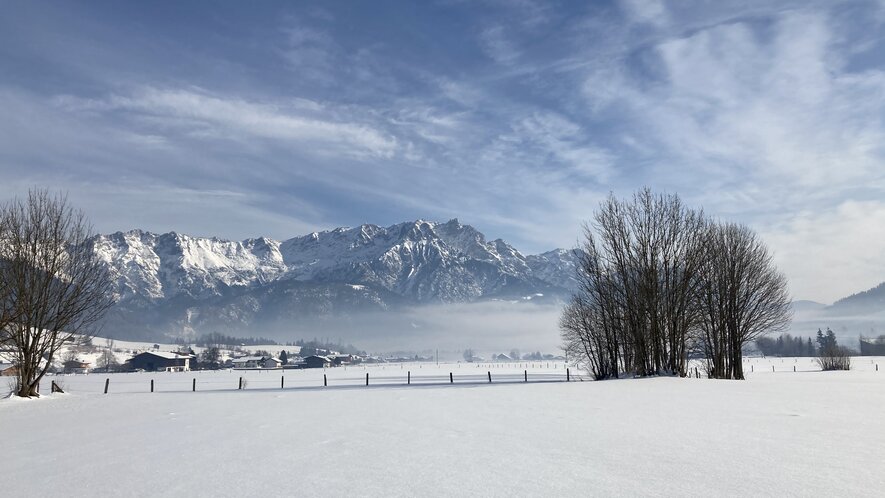How to learn cross-country skiing in one hour
Little did I know that after 10 years of not even thinking about cross-country skiiing, I could learn this sport in just one hour. But thanks to Andrea Grossegger, it really took me just one hour to stand safetly on my cross-country skiing skis and even ski a little bit.
New year, new sport
Already in 2020, I wanted to learn cross-country skiing together with some of my colleagues to participate in the Business Charity Run, which took place in the context of the ski marathon. But unfortunately, it was canceled and my trip to the cross-country skiing courses was also canceled. So I posponed it to the winter of 2021. I rented the equipment and booked a cross-country skiing course. And here we go!
An unsure affair
At the Nordic Park at lake Ritzensee in Saalfelden, I met Andrea Grossegger, cross-country skiing guide and biathlon trainer. I was really motivated and put on my cross-country skis, however, after a few seconds, I had to admit that this didn't feel very good. Unsurely, I looked at Andrea. But she only said: "Don't worry, in an hour it will look very differently."
Rethinking completely
It was sure to be in completely good hands. We started with some exercises to warm up. We mainly streched the inside of our thigs and the shoulders. Like with every other sport - the warm up is a really crucial part of cross-country skiing. After it, we started with some exercises. First of all, we concentrated on the obvious thing that I did wrong - the position of my skis. I was used to a parallel position of the skis, due to alpine skiing. However, contrary to alpine skiing, the position of the skis while cross country skiing is a V. So far so good.
Posture, balance, coordination
For the first exercise, we put the poles away and concentrated on the legs. Skating reminded me of ice skating. The position of the skis in a V and you have to push yourself forward into the direktion of the skis. During the push, you have to apply pressure with your toes to use the edges of the skis. It sounds really complicated, but when you are standing on your own skis, you know what I mean. Another important thing is that you slightly bend your knees and not put the weight on your hips. As soon as my legs work the way we want them to work, Andrea shows me how to use the poles. I position myself in the classic course and I learn how to use them. After I was able to use them correctly, I realised that cross-country skiing is a training for the whole body. It improves your posture, your balance and your coordination. And it is tremendously exhausting! However, the best of it, it the feeling afterwards, when you feel your muscles and you feel the adrenalin rushing through your body. This makes it worth trying!
Don't forget to smile
Don't get me wrong: I would have never felt so good without the help of Andrea. Without her I would have gone home after ten minutes and I would definitely never tried cross-country skiing again. However, with a lot of patience and humor Andrea, former world championship medal winner, motivated me. She showed me my mistakes and gave me tips how I can improve my technique. I have never laughed so hard, as I have in this hour with Andrea. And one thing is definitely true - If you like something and have fun, you can learn it a lot easier. And now I go practicing, because my technique is far away from perfect.
Isn't there something missing?
Yes, there is definitely something missing. Because when you search cross-country skiing in the internet, you find several articles, in which techniques are explained, called one-act technique, 2-1, 1-1, the technique how to guide your hands and so on. But honestly - there are so many techniques, I am not quite sure how any of these work. How should I know? I have only had one training lesson. I am really content that I do not fall every 10 seconds. Nevertheless, I am looking forward to learning all these techniques in my next lesson. Then I can tell you about them. And maybe one time I can cross-country ski as good as my colleague Steffi.






